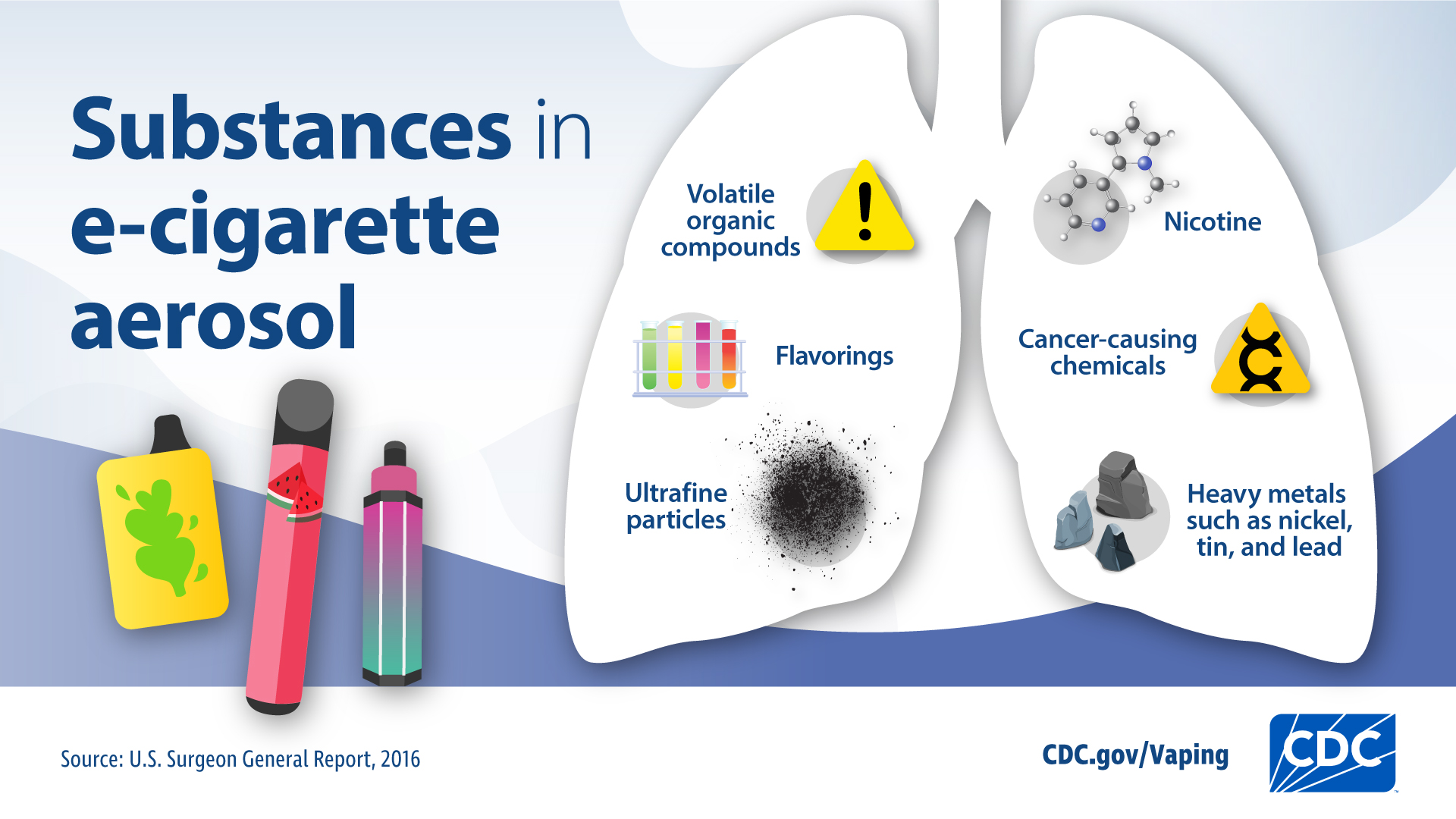Electronic cigarettes, also known as vapes, function by heating a liquid solution (e-liquid or e-juice) to create an aerosol, which is then inhaled. The chemical composition of this e-liquid is key to understanding the substances involved.
Primary Chemical Constituents in E-liquids
The core components typically found in e-liquids include:

- Nicotine: This is an alkaloid found in the tobacco plant and is a primary active ingredient in many e-liquids. Concentrations can vary widely, and some products marketed as nicotine-free have been found to contain trace amounts.
- Propylene Glycol (PG): A synthetic organic compound used as a carrier for nicotine and flavorings. It helps to produce a visible aerosol and contributes to the sensation known as “throat hit.”
- Vegetable Glycerin (VG): A clear, odorless liquid typically made from soybean or palm oil. It is used as a base liquid, often in combination with PG, to generate a denser aerosol and can add a slightly sweet taste.
- Flavoring Chemicals: A wide array of chemical compounds are used to create diverse flavors. These can include natural and artificial flavorings. The specific chemicals vary significantly depending on the chosen flavor profile. Common flavoring agents can include aldehydes, esters, and ketones.
Other Chemicals and Byproducts:
Beyond the primary ingredients, e-liquids may contain other additives and impurities. Importantly, the heating process itself (pyrolysis) can lead to the formation of new chemical compounds in the aerosol. These can include:
- Volatile Organic Compounds (VOCs)
- Aldehydes (e.g., formaldehyde, acetaldehyde, acrolein)
- Trace metals, potentially leached from the heating coil or other device components.
The exact chemical profile of the aerosol inhaled can vary based on the e-liquid formulation, device characteristics, and user behavior.










